BATU BATU
Tinggi Island, Johor, Malaysia
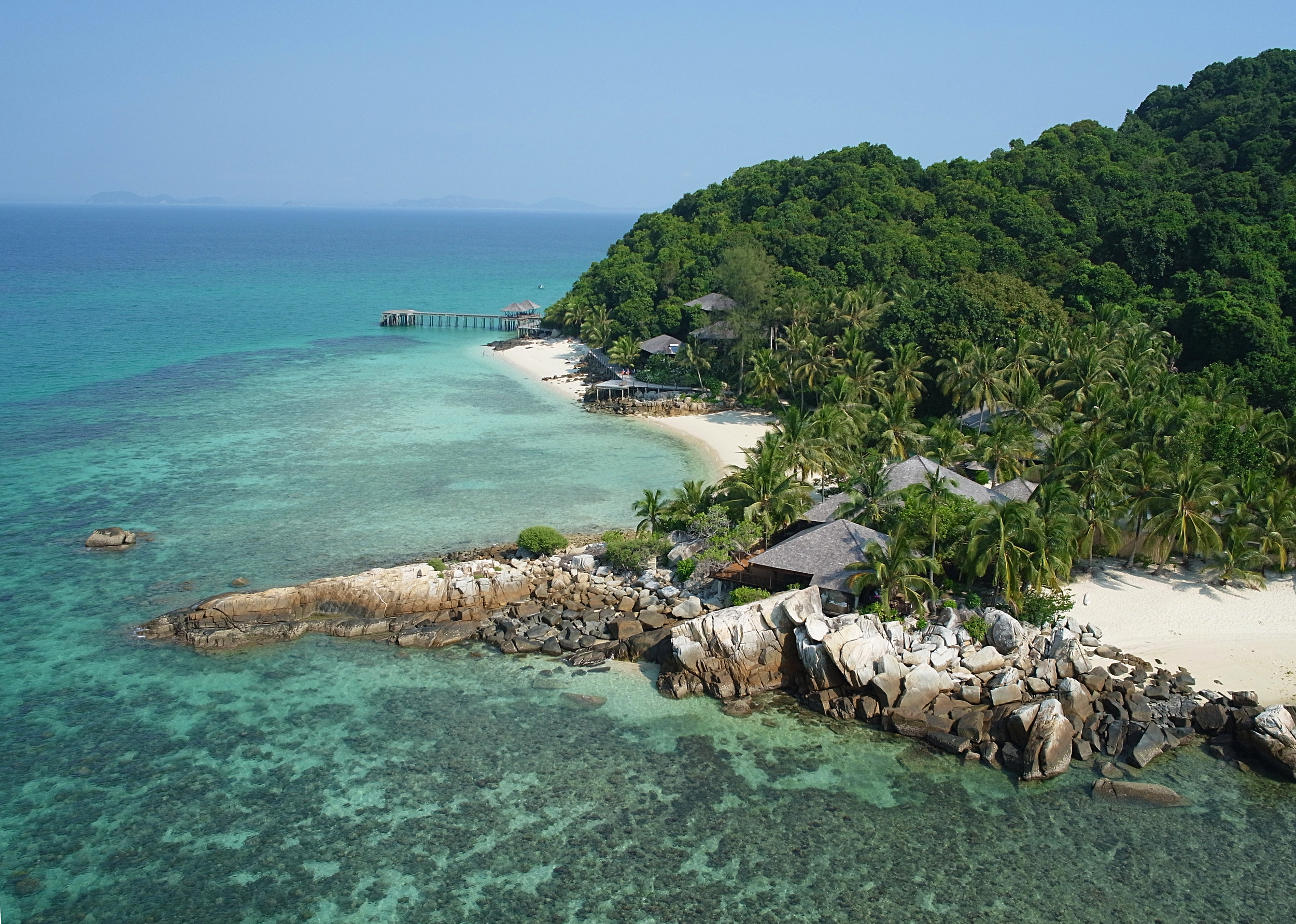

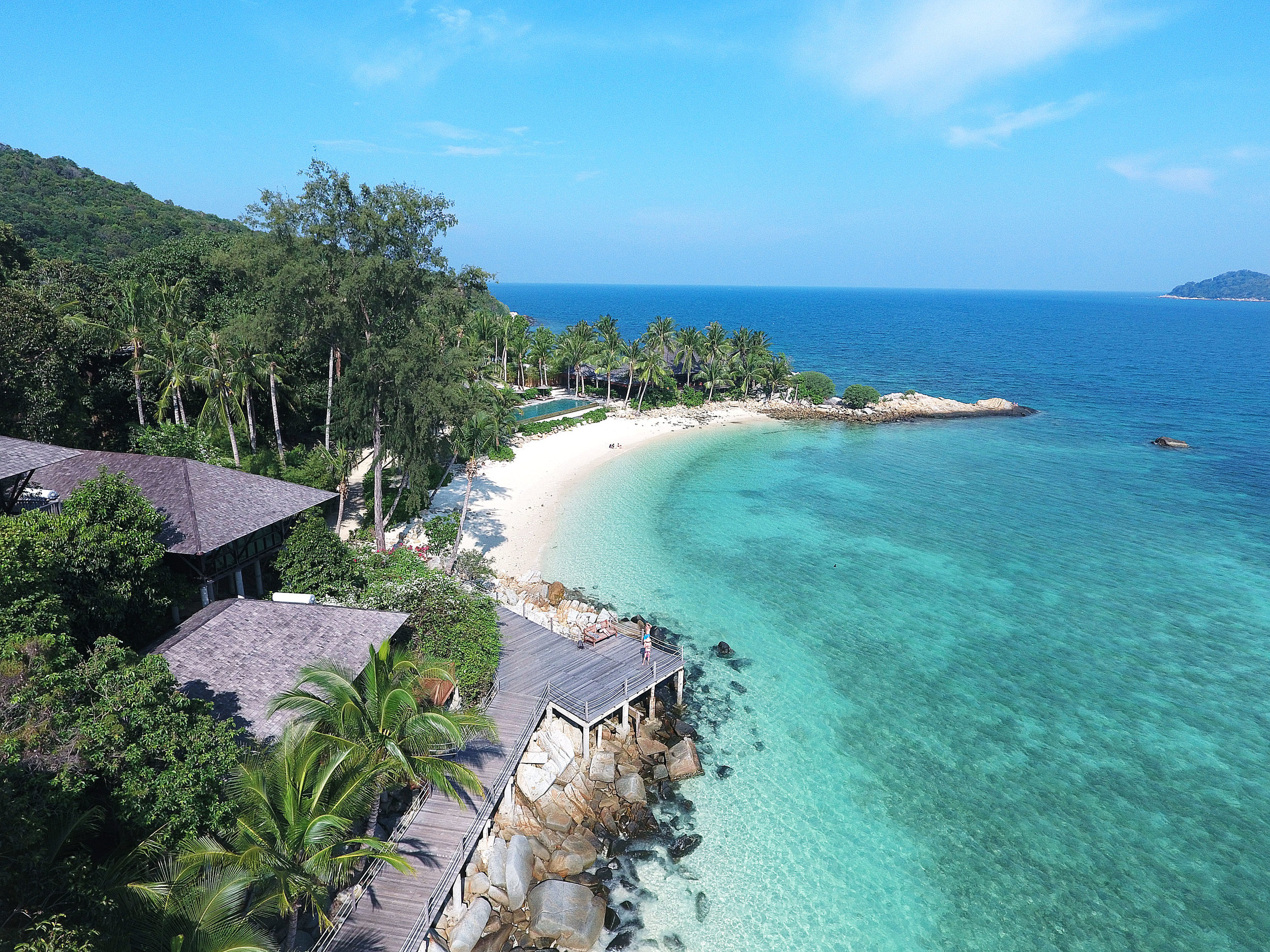
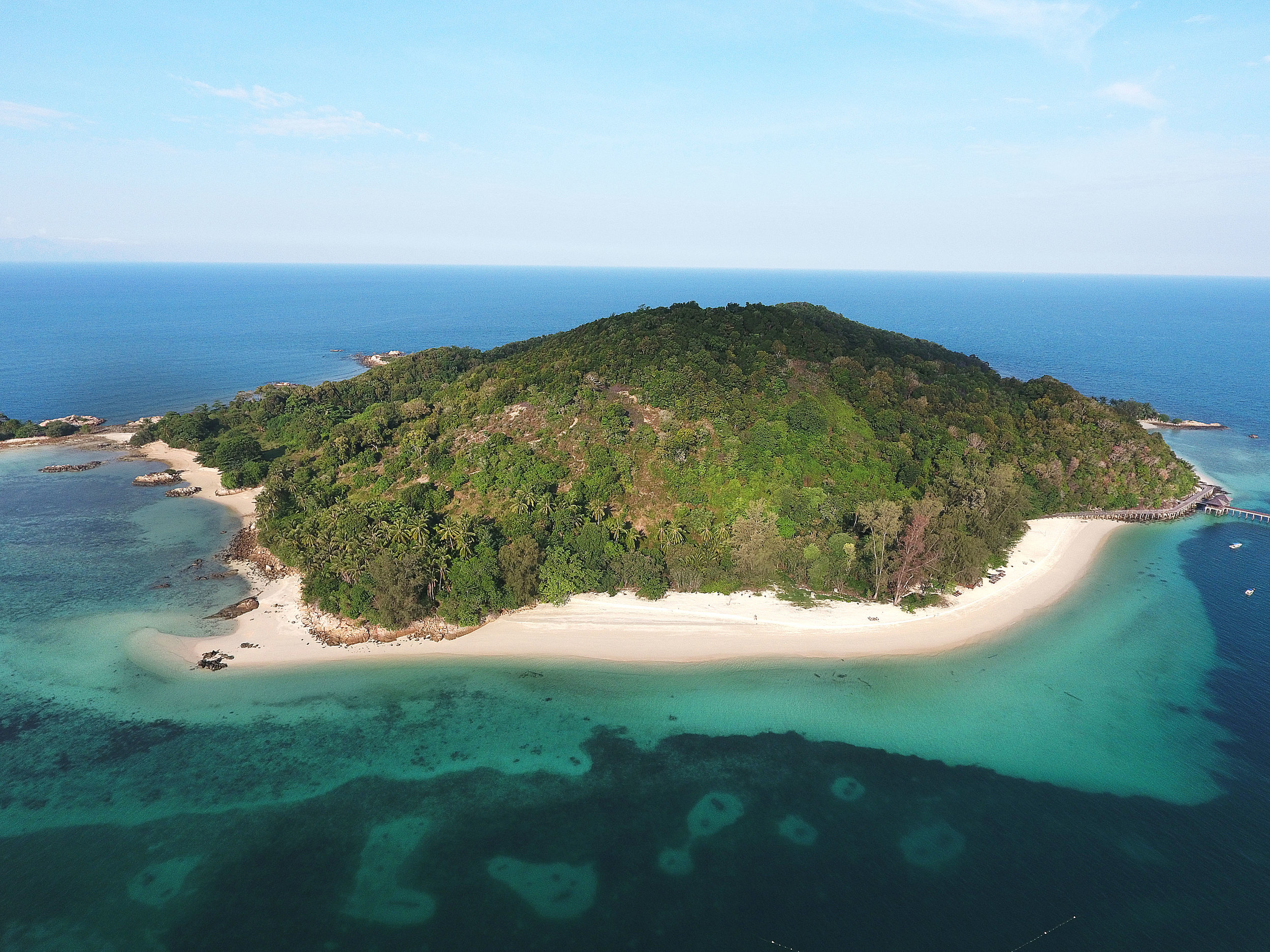
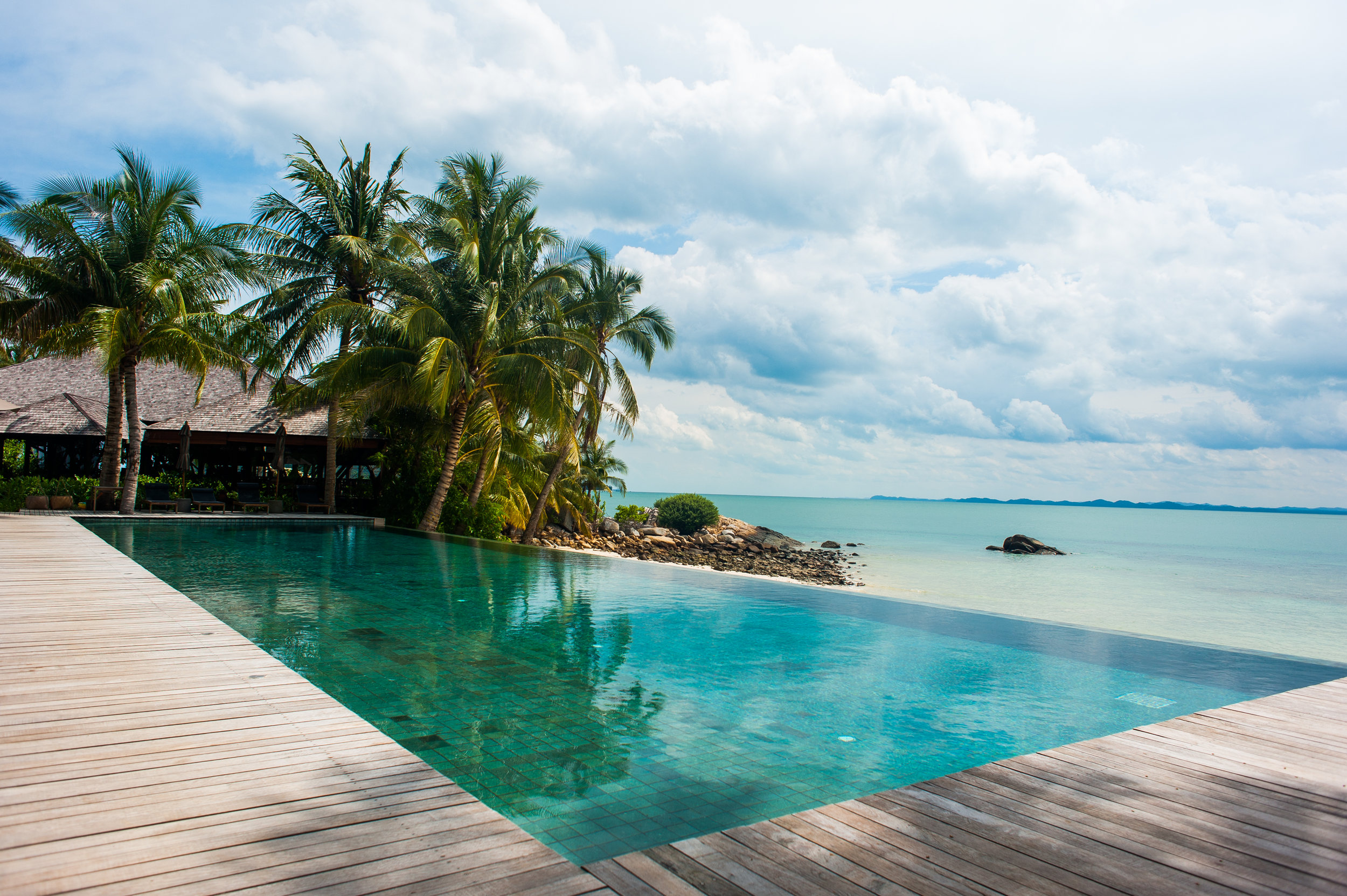

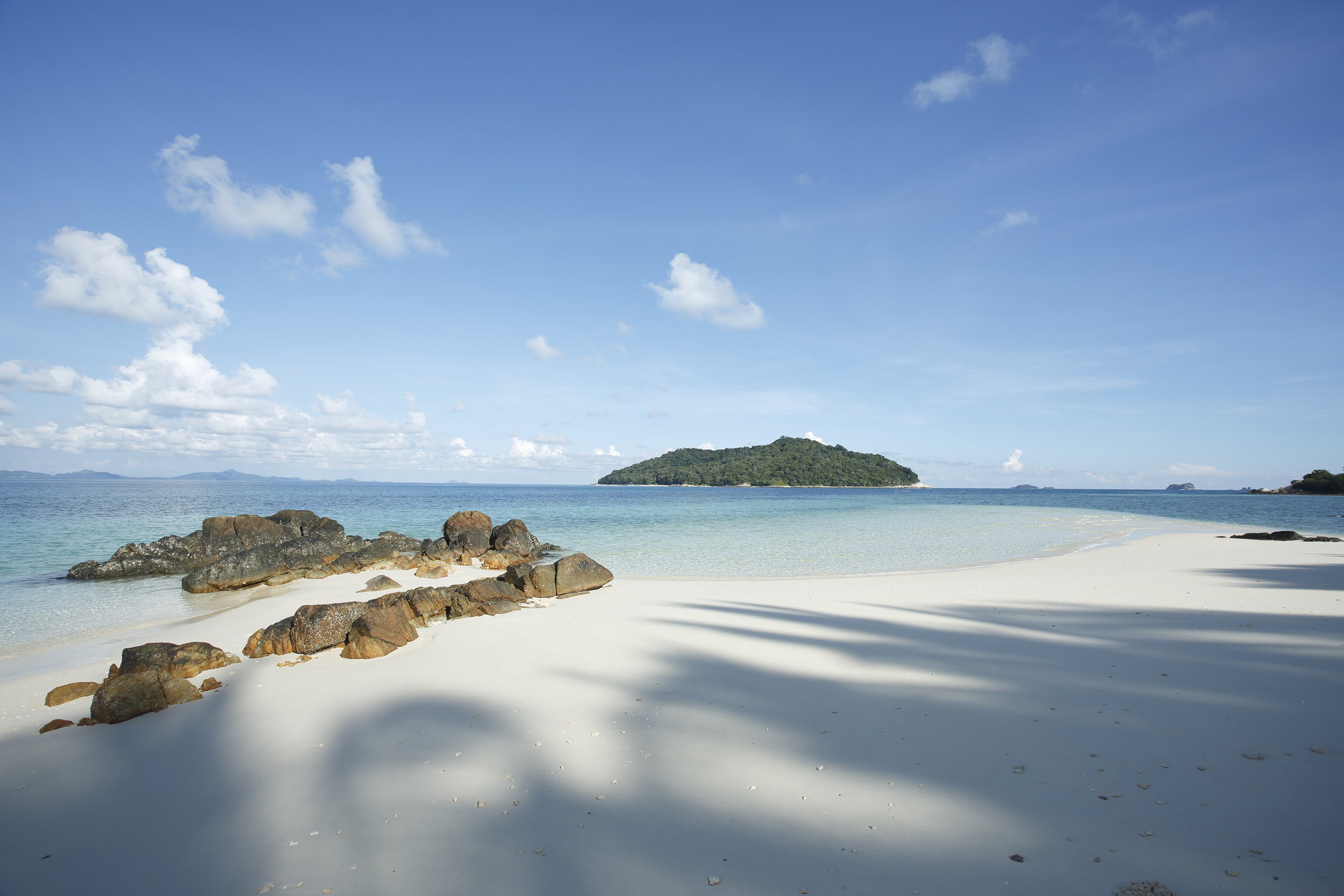
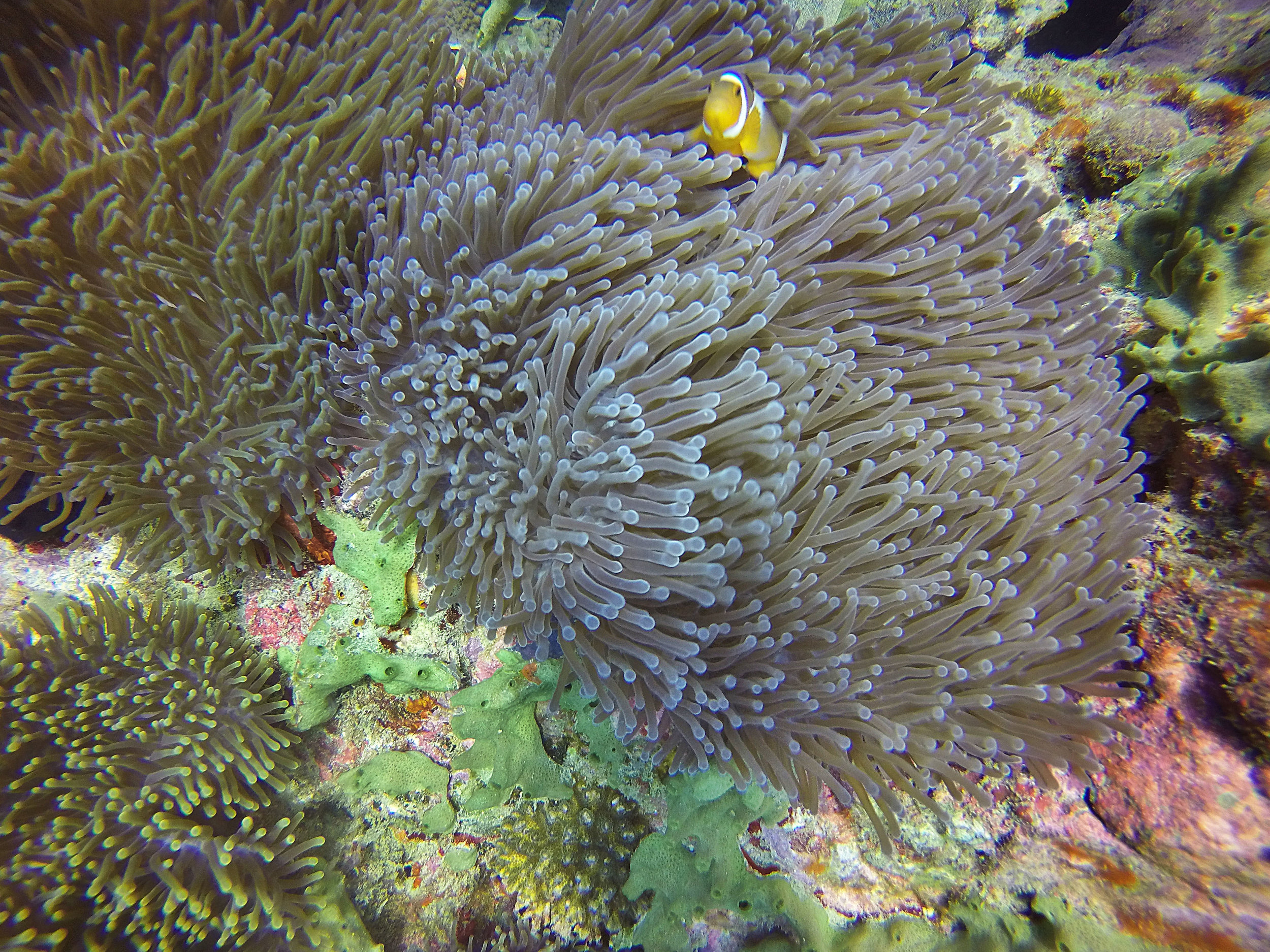



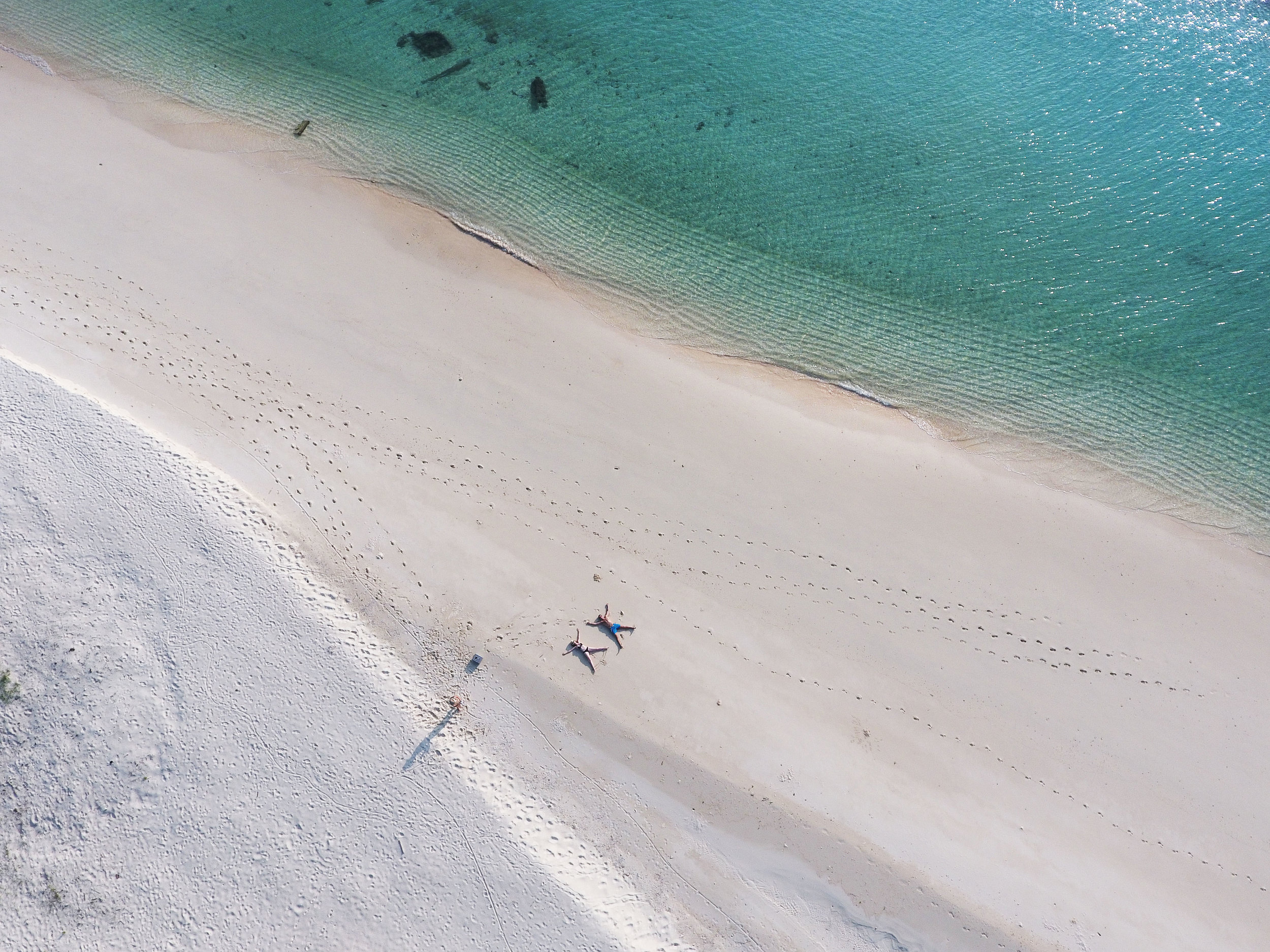
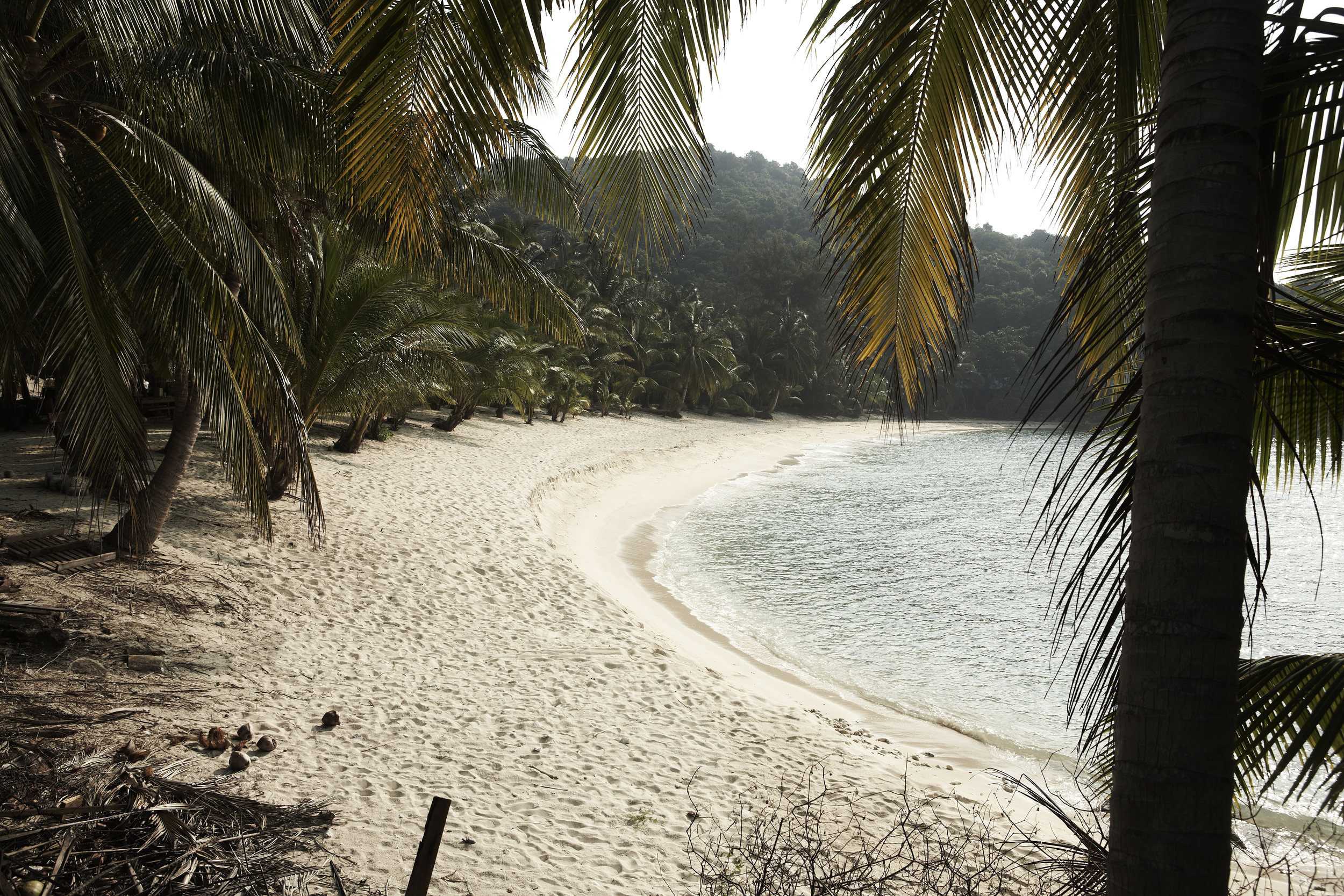
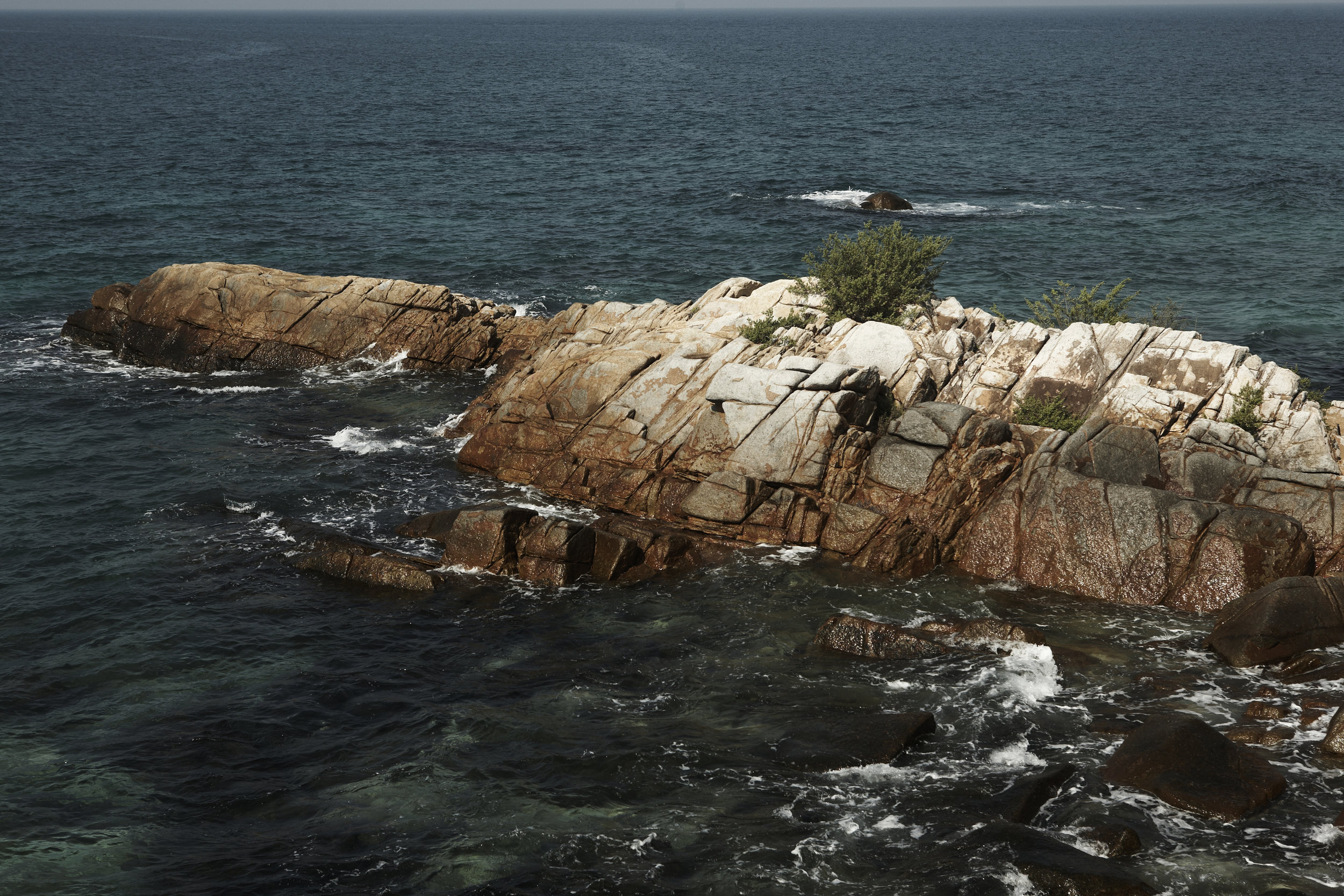
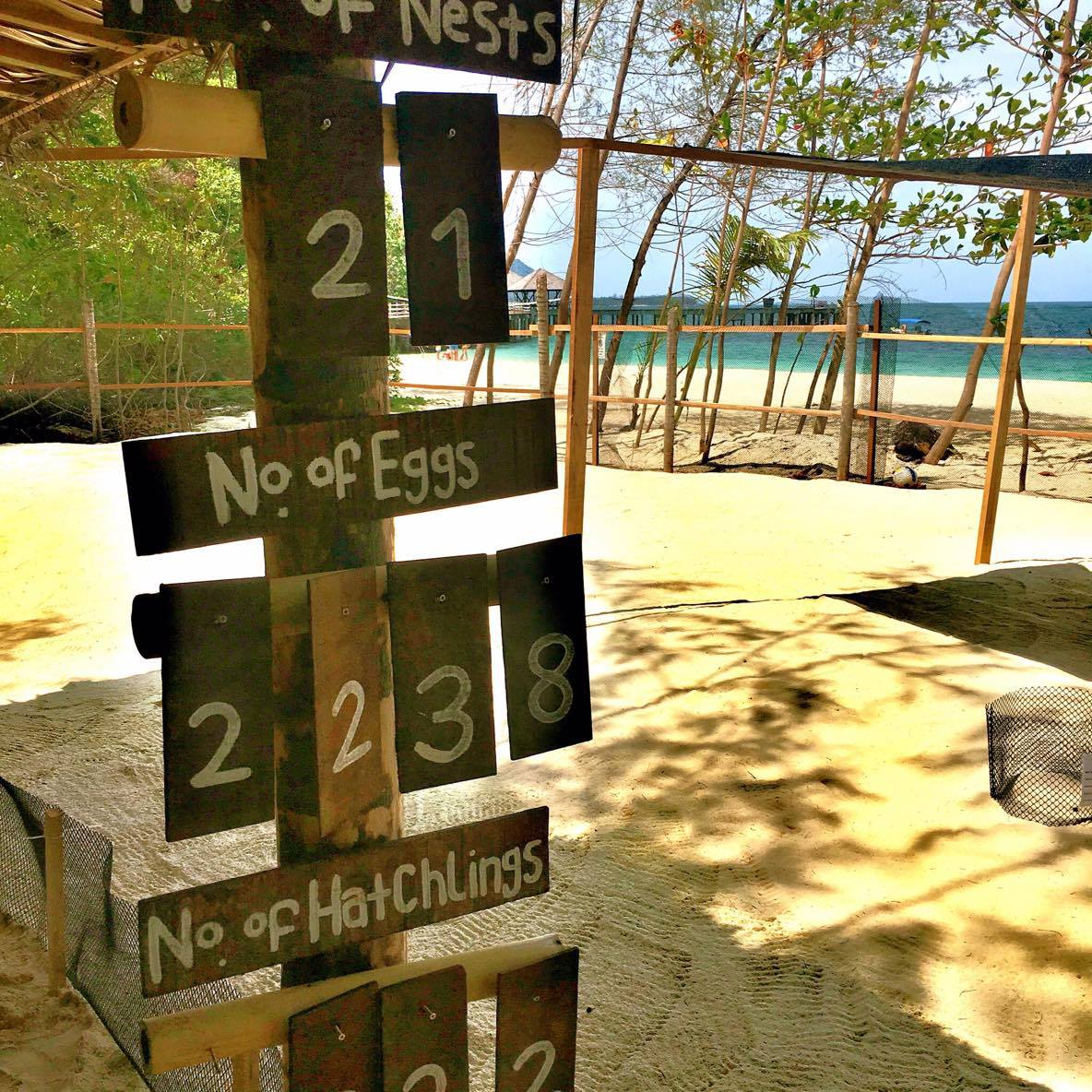

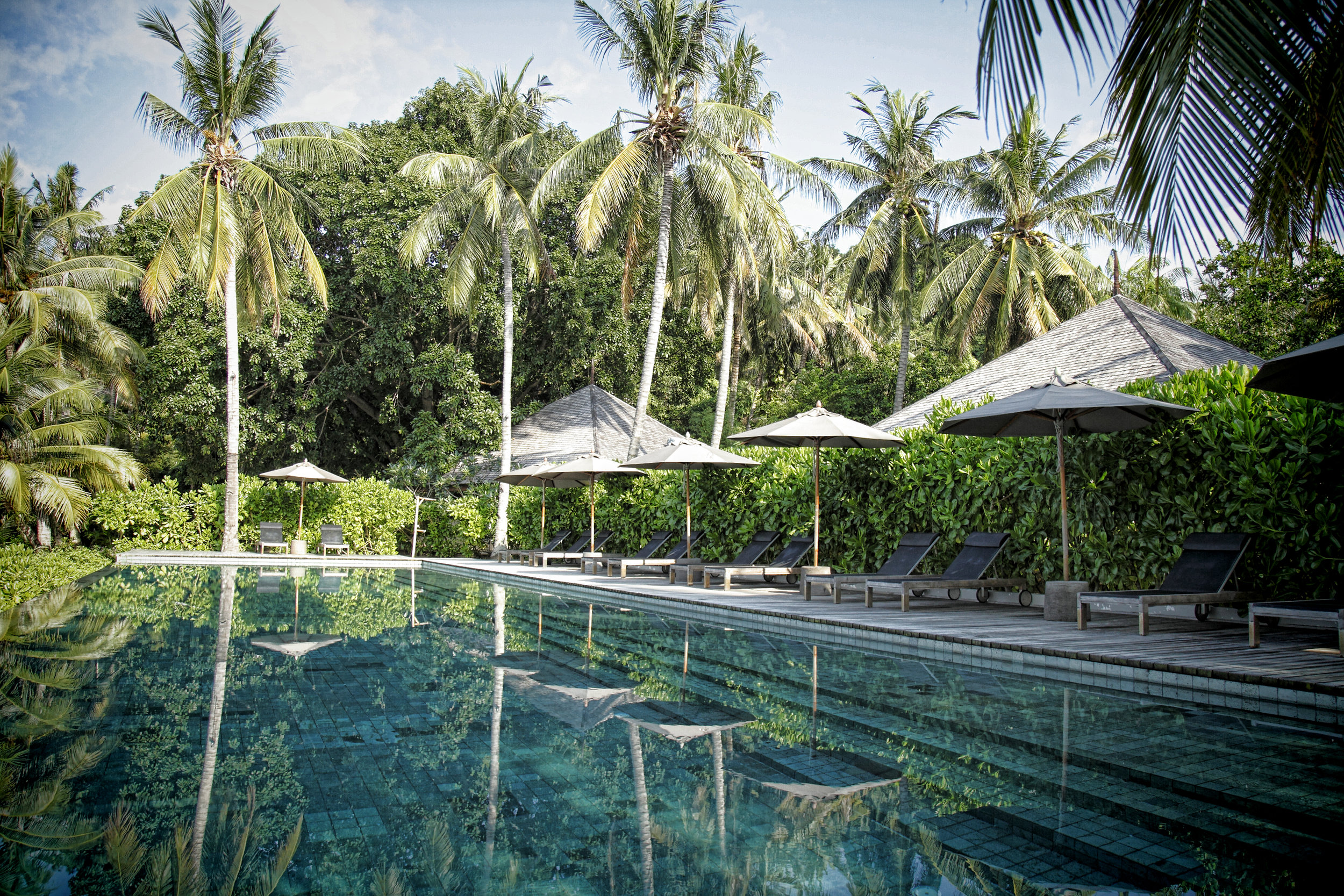

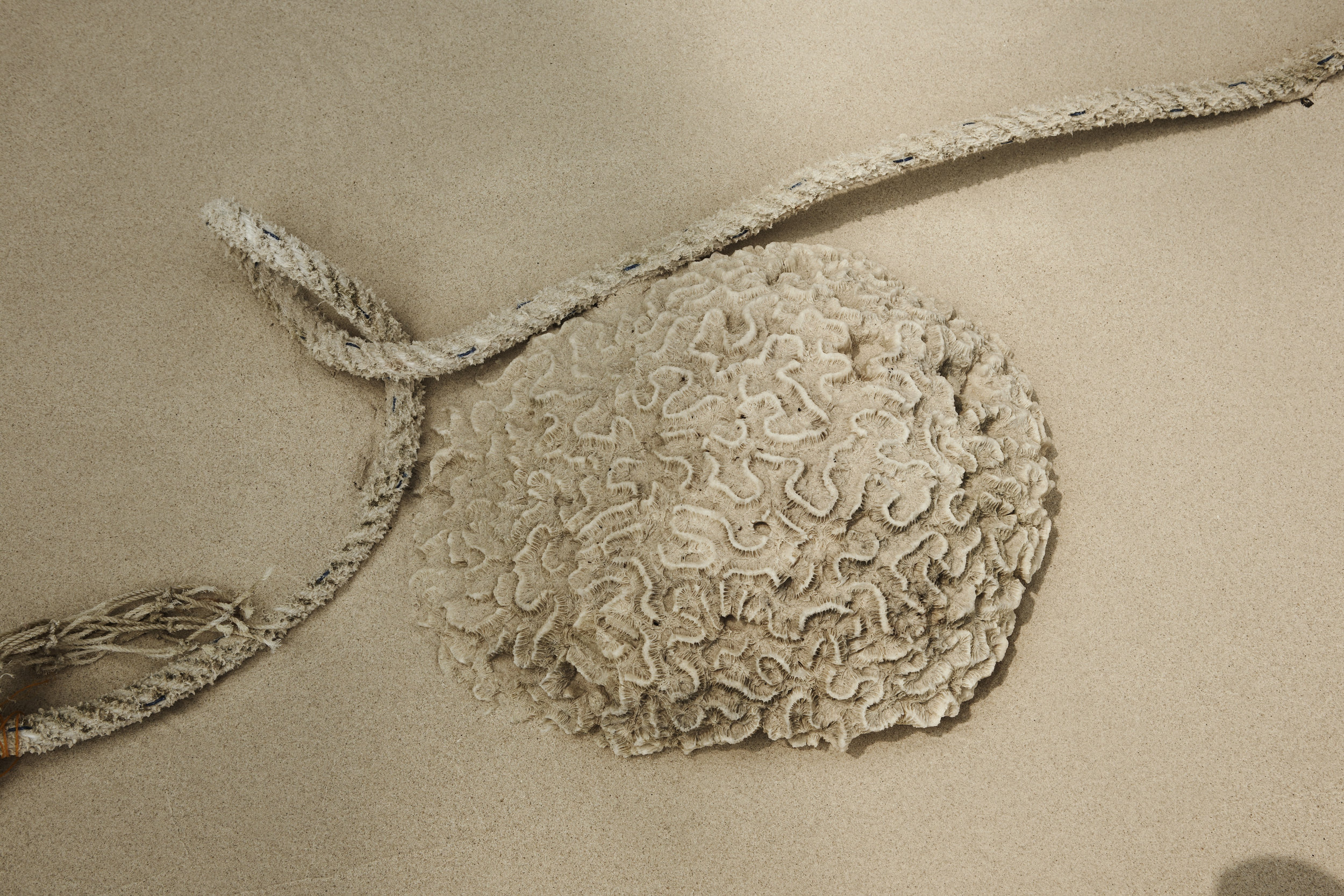
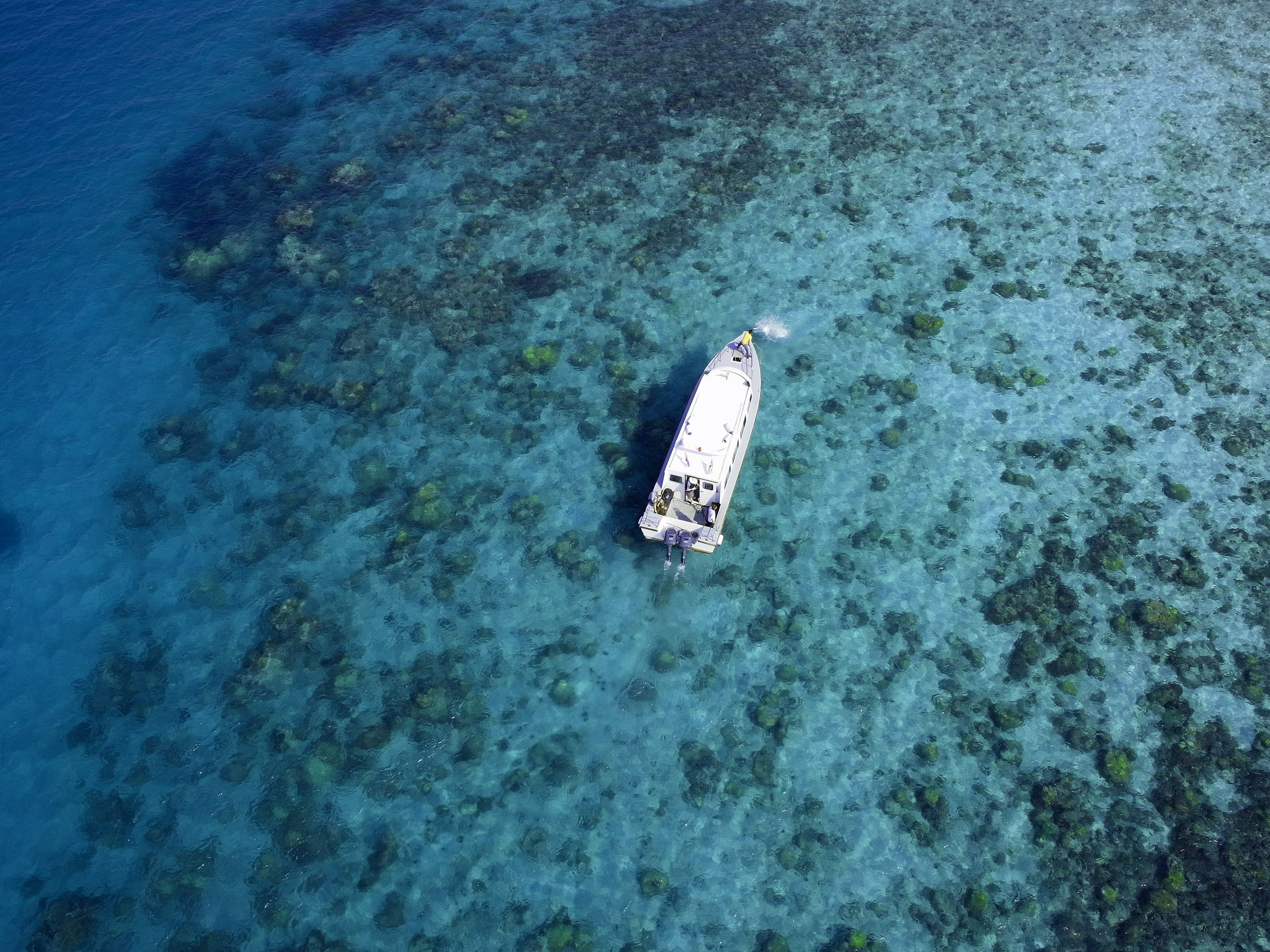

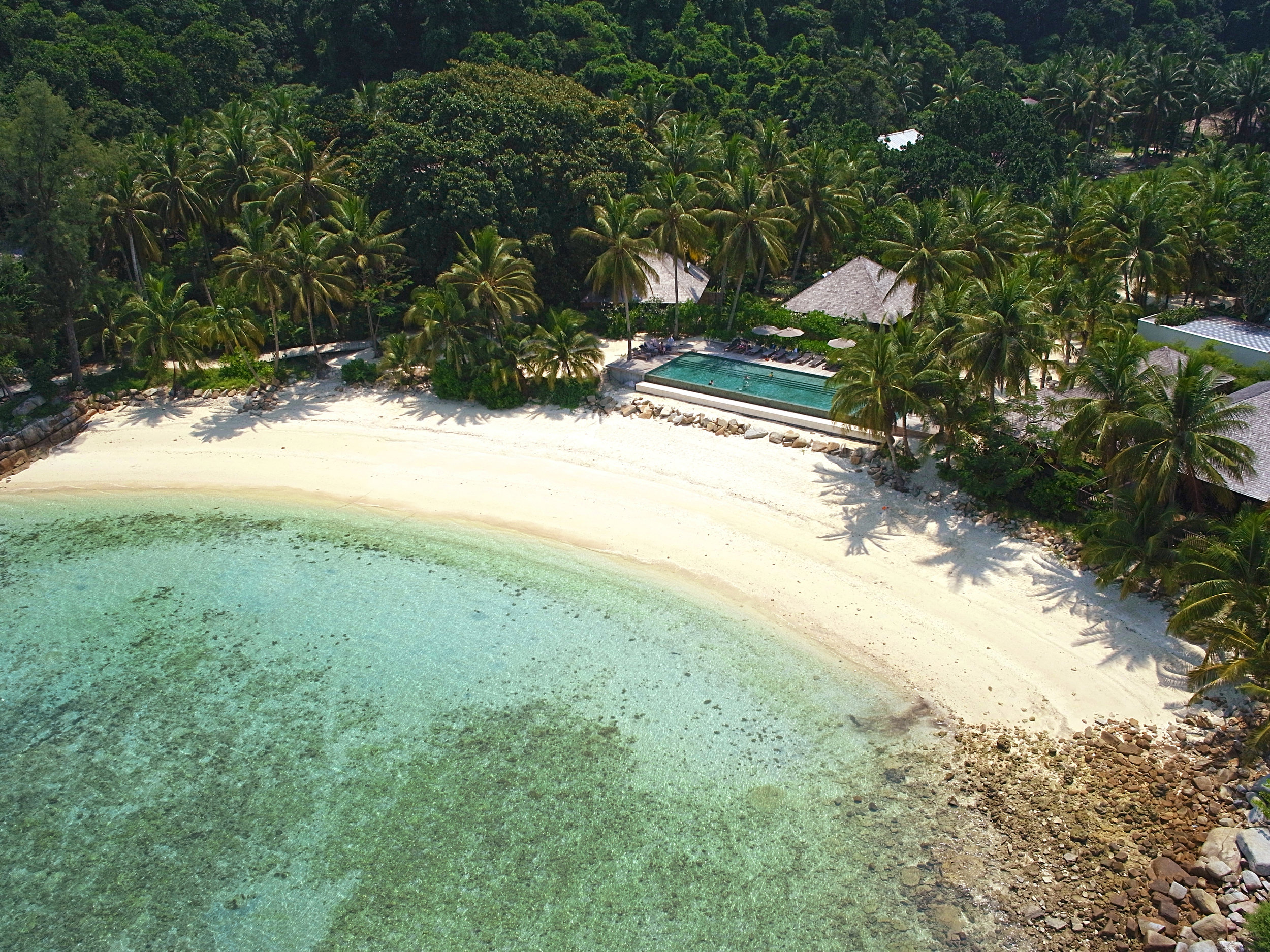

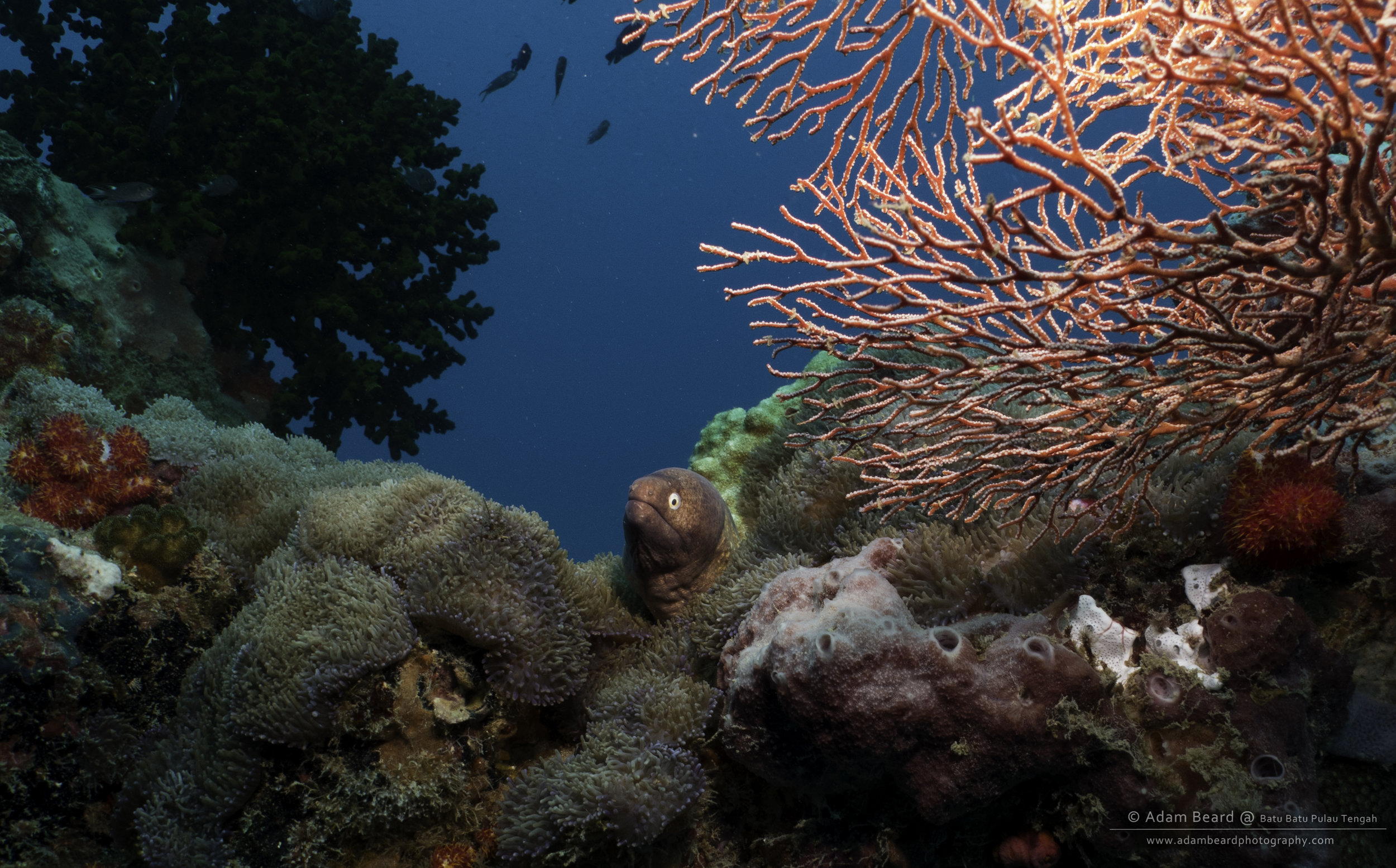


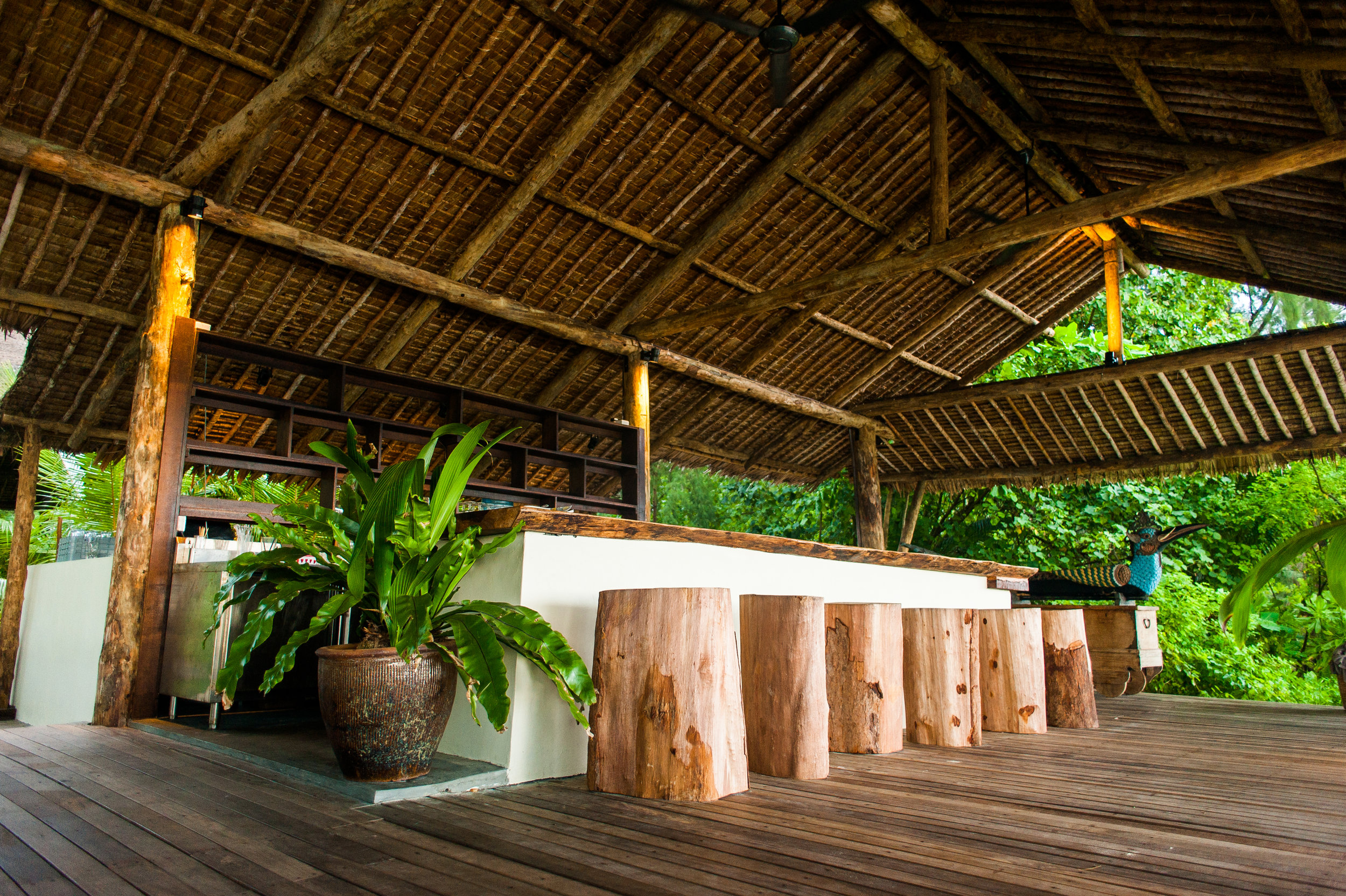
PERSONALITIES
Conservationists. Barefoot dreamers. Ocean lovers. Divers. Families with heart. Eco adventurers. Slow travelers.
MOMENTS
Morning swims in turquoise shallows. Hammocks between coconut trees. Coral reef dives. Sunset kayaks. Turtles nesting. Children chasing waves. Dinner under starlight. The sound of cicadas and sea.
BEST VISITING MONTHS
The best time to visit Batu Batu is from March to October, during Malaysia’s dry season when the South China Sea is calm and the skies are blue. These months offer perfect weather for snorkeling, island hopping, and turtle watching. The shoulder months of April and September are especially peaceful—warm, breezy, and quiet.
COST
WHY STAY
Located off the east coast of Malaysia, Batu Batu rests on Tinggi Island, a small tropical paradise fringed by white-sand beaches and coral reefs. The island lies within the protected Johor Marine Park, a mosaic of mangroves, jungle, and crystal-clear lagoons. Here, nature hums with vitality—monitor lizards basking on rocks, hornbills flying low over palm groves, and turtles returning year after year to nest.
The resort was founded by Lina Tan and Christian Chia, visionaries who wanted to prove that sustainable tourism could uplift communities while protecting fragile ecosystems. Built using locally sourced hardwoods and traditional Malay architecture, twenty wooden villas are tucked between jungle and sea, their design simple yet soulful. Open verandas, palm-shaded showers, and handwoven rattan details keep you close to nature while maintaining an effortless sense of style.
There’s a rhythm here that restores—mornings spent snorkeling among coral gardens, afternoons reading in the shade, evenings sharing fresh fish grilled over coconut charcoal. Batu Batu isn’t about indulgence in excess—it’s about the luxury of connection: to land, sea, and self.
WHY WANDER
Beyond the resort, Tinggi Island reveals a landscape shaped by time and tide. Jungle trails wind up to Bukit Tinggi’s summit, offering panoramic views across the South China Sea. Offshore, coral reefs teem with parrotfish and clownfish, and turtles glide gracefully through crystalline waters. Guided kayak tours take you through mangrove estuaries alive with kingfishers and mudskippers—a living classroom of coastal ecology.
Take a boat to neighboring islands—Pulau Sibu, Pulau Mensirip, and Pulau Harimau—each with its own reefs, hidden lagoons, and beaches untouched by footprints. Local fishermen often welcome guests into their coastal villages, sharing stories of tides, heritage, and life along the sea.
At night, the horizon glows with stars mirrored in the sea. With no roads, no cars, and no distractions, wandering here becomes a meditation.
INDULGE IN
The restaurant and beach bar at Batu Batu celebrate simple, honest island flavors. Fresh seafood is caught daily, paired with produce grown on neighboring islands. Think grilled red snapper with lime and chili, coconut curries, and tropical fruit platters bursting with papaya, mango, and pineapple. Meals are served by the sea—barefoot, breezy, and beautifully unfussy. A glass of white wine at sunset completes the rhythm of the day.
GETTING THERE
Fly to Senai International Airport in Johor Bahru or Changi Airport in Singapore, followed by a 2.5-hour drive to Mersing Jetty. From there, a 20-minute speedboat takes you across turquoise waters to Tinggi Island. Arrivals are often greeted by the sight of eagles circling above and the gentle hush of waves meeting sand—a prelude to island calm.
WILD INITIATIVES
Sustainability is the beating heart of Batu Batu. The resort established the Tengah Island Conservation (TIC)—a non-profit foundation dedicated to protecting Malaysia’s marine life and coastal ecosystems. Through coral restoration, turtle hatchery programs, and marine research, TIC actively rehabilitates the reefs surrounding the island.
Guests are invited to visit the Turtle Hatchery, learn about marine biodiversity, and even release hatchlings into the sea. Waste reduction, solar power, and water conservation practices are integrated throughout the resort. Batu Batu also collaborates with local schools and communities, nurturing environmental education and sustainable livelihoods.
Every stay contributes to preserving this delicate island environment—ensuring that Batu Batu remains a living example of regenerative tourism in its purest form.
*Images property of Batu Batu


